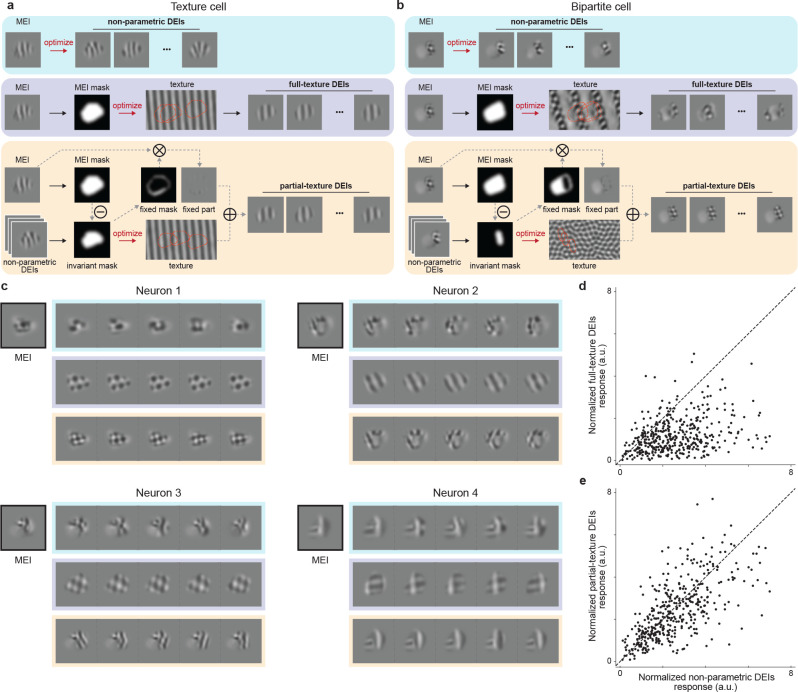Fig. 4. Partial-texture DEIs activated target neurons similarly as non-parametric DEIs.
a-b, Schematic of non-parametric (DEIs), full-texture (DEIsfull), and partial-texture (DEIs partial) DEIs synthesis for an example texture cell (left) and an example bipartite cell (right). DEIsfull were synthesized by optimizing an underlying texture canvas from which uniformly sampled cropped by the MEI mask maximally activate the target neuron. In contrast, DEIspartial are composed of two non-overlapping subfields: a fixed one masked directly from the MEI, and a phase invariant one synthesized similarly to DEIsfull except that the mask used for texture optimization is only part of MEI mask. c, MEI, DEIs, DEIsfull, and DEIspartial of 4 example neurons, with each type of DEIs indicated by the corresponding color in a. DEIspartial visually resembles non-parametric DEIs for most neurons while DEIsfull captures non-parametric DEIs only for texture-like neurons. d-e, Normalized responses to DEIsfull (d) and DEIspartial (e) responses versus non-parametric DEIs. Each point corresponds to the normalized activity of a single neuron, averaged over 20 different images with single repeat. d, DEIsfull failed to stimulate their target neurons compared to non-parametric DEIs (one-sided Wilcoxon signed-rank test, W = 4389, P < 10−9) with 52.9% of all neurons showing lower responses to DEIsfull (P < 0.05, one-tailed Welch’s t-test with 29.4 average d.f.). e, DEIspartial activated their target neurons similarly to non-parametric DEIs (two-sided Wilcoxon signed-rank test, W = 32429, P = 7.01 × 10−4) with only 8.7% of all neurons showing different responses (P < 0.05, two-tailed Welch’s t-test with 33.5 average d.f.). Data were pooled over 8 mice, displaying a total of 401 neurons.

